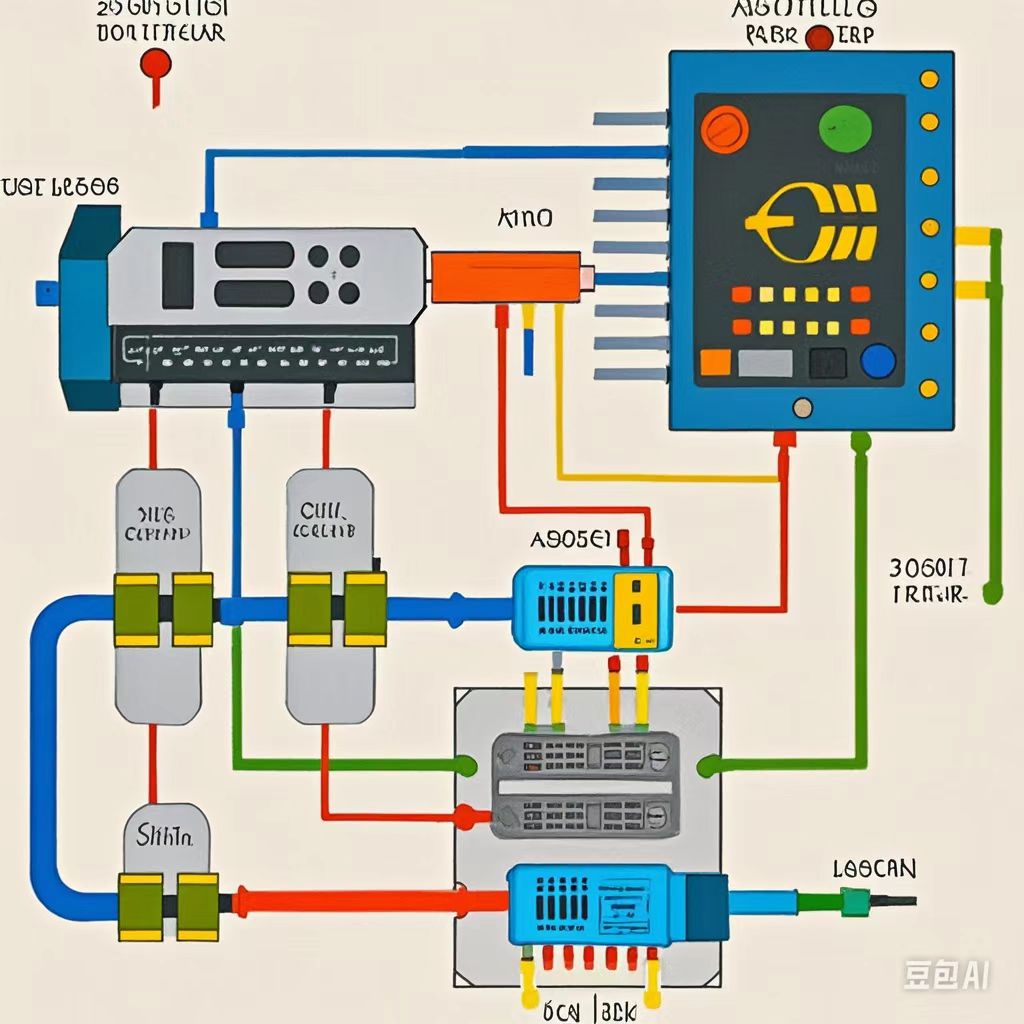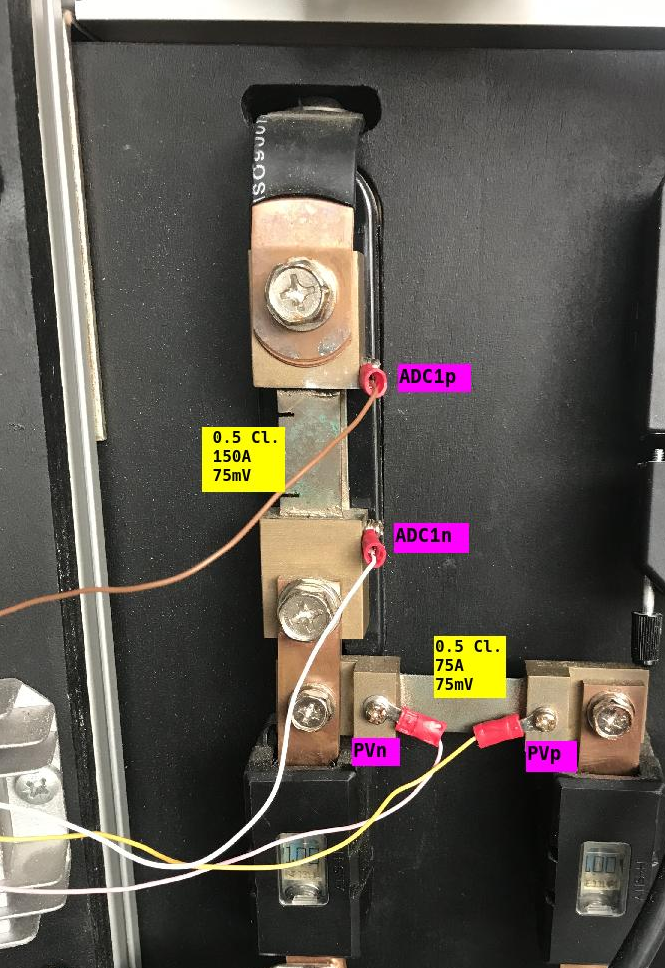-
Function Setting ACLT-38100 Function Setting 1. Load power setting: 0-1000KW continuously adjustable, simulating communication equipment of various powers. 2. Load time setting: 0-99 hours continuously adjustable, set according to maintenance needs. 3. Load minimum voltage alarm setting: set according to maintenance needs. 4. Load maximum voltage alarm setting: set according to maintenance needs. 5. Parallel setting function: up to 9 units can be connected in parallel and work at the same time. 6. Built-in storage function: continuously record the test data of the last three hours, simple and convenient operation. 7. Software analysis function: use Chinese Windows operating environment, Chinese culture, graphical and control system, and automatically generate test reports. Application field Widely used in communications, civil aviation, banking, securities, railway ...
-
What Applications Benefit Most from Using a Three-Pin Shunt Resistor Three-pin shunt resistors, commonly used in Battery Management Systems (BMS), industrial equipment, and new energy applications, are critical components for precise current sensing and measurement. Designed to provide stable and accurate readings, they play a key role in monitoring and protecting electronic devices. In this article, we’ll explore the applications that benefit most from using a three-pin shunt resistor and discuss why they are the preferred choice in industries like PCBA, renewable energy, and more. Understanding the Role of Three-Pin Shunt Resistors A three-pin shunt resistor, also known as a current sense resistor, is primarily designed for high-precision current measurement. Unlike conventional resistors, three-pin shunt resistors offer enhanced stabil...
-
How does the low temperature coefficient of resistance (TCR) affect the performance of the shunt resistor The low temperature coefficient of resistance (TCR) is a critical parameter for shunt resistors used in Battery Management Systems (BMS). A low TCR indicates that the resistance value changes minimally with temperature fluctuations, which is essential for maintaining measurement accuracy in various applications. 1. Enhanced Measurement Stability Shunt resistors with a low TCR provide enhanced measurement stability by ensuring that their resistance remains consistent across a range of operating temperatures. This stability is vital for accurate current measurements, particularly in BMS applications where precise monitoring is crucial. 2. Reduced Thermal Drift Low TCR values lead to reduced thermal drift, which is the change in resistance due to self...
E-mail:lydia@czystech.com
We provide custom Air coils and shunt resistor&braking resistor with expert production management, ensuring smooth operations and helping you excel in the market.
<<< CONTACT US >>>

Copyright©Changzhou Yuansheng Technology Co.,ltd .All Rights Reserved/Sitemap







